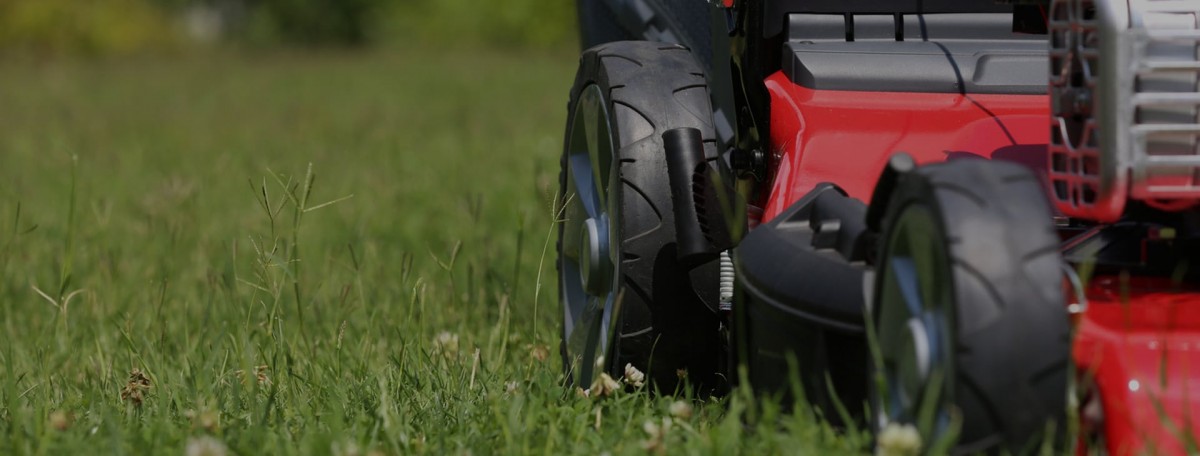When you picture the perfect home, the front yard probably isn’t something that springs to mind. But a good-looking lawn and well-maintained landscaping are more than just a nicety; it’s also an investment in your property value. A messy yard can make it feel like no one cares about your house, which will drive down its resale value. It doesn’t take much time or money to transform your property from looking like you don’t care about it to make visitors think you have high standards for curb appeal. And the best part is that you can do all this work and reap the benefits for years to go for very little out-of-pocket expense!
How to Landscape for Beginners: Why Maintaining Is Important
Maintaining your landscaping does more than keep your house looking nice. It also helps keep pests and weeds at bay, conserves water, and improves air quality. These benefits don’t come without work, though. You’ll need to water your lawn, trim trees and shrubs, and make sure your garden isn’t overgrown. You’ll also need to fertilize and regularly do essential maintenance like weeding and mowing.
Step 1: Assess your current landscape
Before you start planning your landscaping, you must get a general idea of what you currently have. This will give you a baseline to measure your progress and help you avoid costly missteps when making changes. You’ll want to take note of the following points: – What kind of soil do you have? – How much sun does each area of your lawn get? – What’s growing in your garden? – What kind of plants are around your property?
Step 2: Establish a budget and plan
Before making changes, you must decide how much you can afford to spend on landscaping. This includes the cost of hiring professionals to help you with your project, too. Once you’ve got a general idea of how much you can spend, you can start making a plan. You may want to consider the following: – Do you want to keep your current garden? – How much maintenance can you realistically handle? – What type of soil do you have? – How much sun does each area of your lawn get? – What types of plants grow well in your soil?
Step 3: Hire professionals or do the work yourself.
If you’ve ever tried to do landscaping work yourself, you know it’s more complicated than it looks. Unless you have experience, it’s probably best to hire a professional Long Valley NJ landscaper to help you with your project. There are plenty of landscaping companies, so it shouldn’t be hard to find one that fits your budget. A good landscaper will be able to give you advice on what plants and trees will grow best in your soil, as well as which ones will be the most low-maintenance for you.
Step 4: Add soil, plants, and mulch
Before planting anything, you’ll need to add a couple of inches of good-quality soil to your beds. This will help your plants grow better and encourage healthier roots. Then you can start planting! You’ll want to mix your plants based on what grows best in your soil and how much sun they need. You can find plenty of information online, but hiring a professional will help you avoid costly mistakes. And don’t forget mulch! Mulch is a great way to keep your soil moist and healthy while keeping your beds looking tidy and helping your landscaping last longer.
Step 5: Lay down grass seed or sod
If you want a lush lawn but don’t want to deal with the hassle and maintenance of growing it from seed, you can always lay sod. Sod is a roll of grass that has been growing in a field for some time. When you lay sod, it’s almost like instantly having an entire lawn; you’ll have to water it a bit more for a few weeks until it’s fully established. You can always use grass seed if you want a lawn but don’t want to go the sod route. You’ll have to water, fertilize, and weed your patch until the seed is fully grown and can take care of itself.
Step 6: Plant trees and shrubs
You don’t have to have a full-blown garden to have well-maintained landscaping. Adding shrubs and trees to your yard is a great way to break up empty spaces and give your home curb appeal. You can go for various trees, but some of the most popular choices for landscaping include: – Oak trees: These are some of the most common trees planted as part of landscaping and for a good reason! They’re tall and can provide a lot of shade in the summer. – Dogwood trees: These are great because they come in a variety of colors, which makes them easy to match with the rest of your yard. – Rose bushes are a classic choice for landscaping thanks to their beautiful flowers and easy-to-manage nature.
Step 7: Rotate your landscaping to keep it looking nice
Like any other type of gardening, a well-kept landscape requires rotating the types of plants you put in your beds to avoid over-fertilizing your soil. You can do this by planting certain plants every other year and leaving the others out. This will help keep your soil healthy; your landscaping has been looking great for years. And if you do it correctly, it will also save you money on fertilizer! If you follow these steps and maintain your landscaping well, your property will be a beautiful showcase for years to come. A messy front lawn can make your house look neglected, but some work can make it look like you care about your home and property value.

